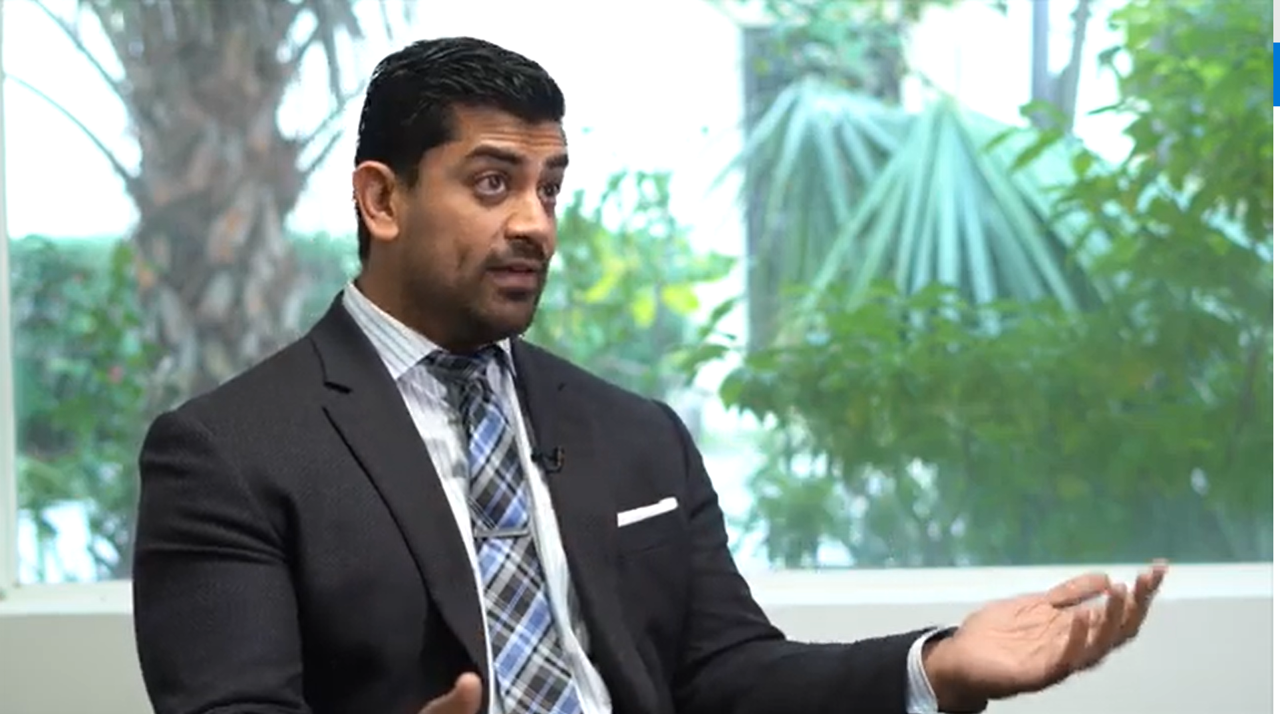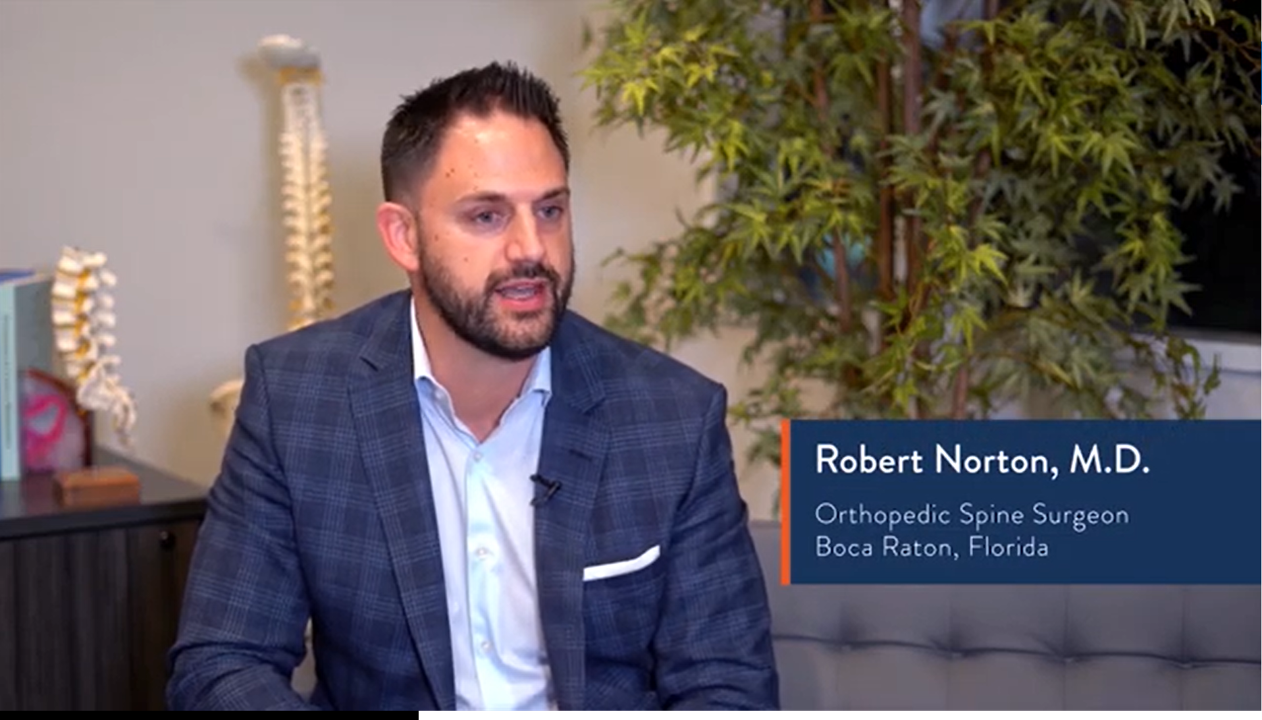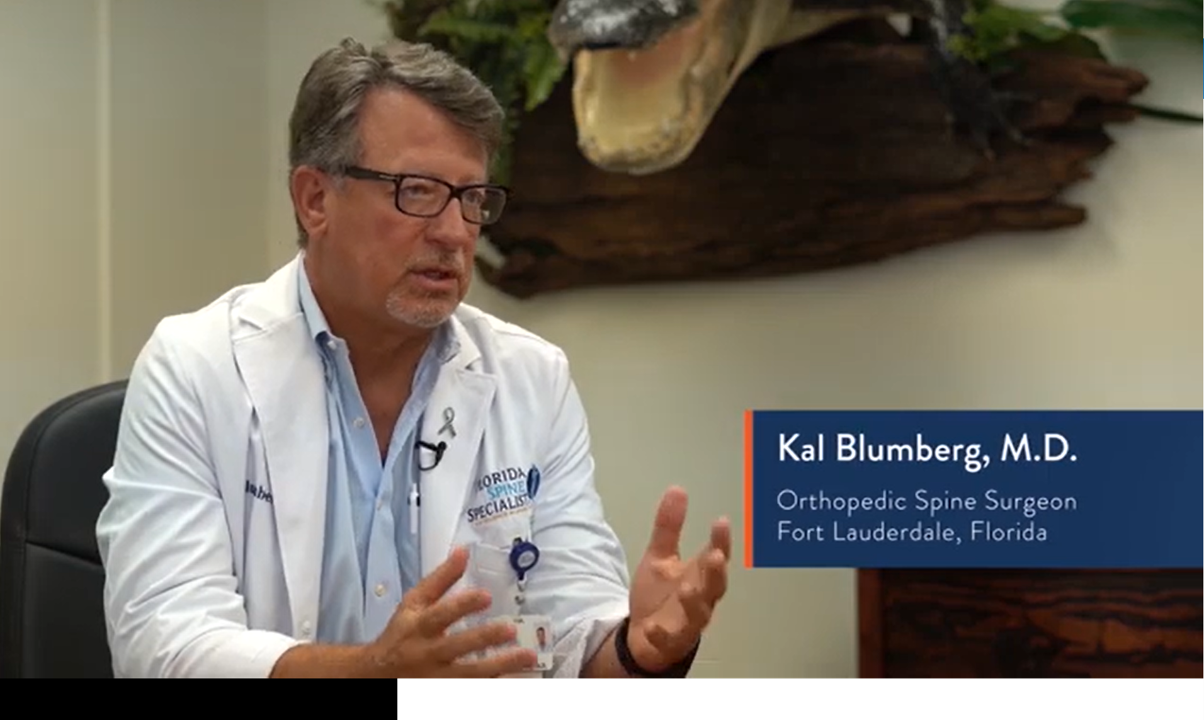VIDEO Case Studies



Spondylolisthesis in Former U.S. Marine Para Jumper
Rohit Vasan, M.D.


Fusion After Prior
Microdiscectomy in Former
NFL Player
ROBERT NORTON, M.D.





